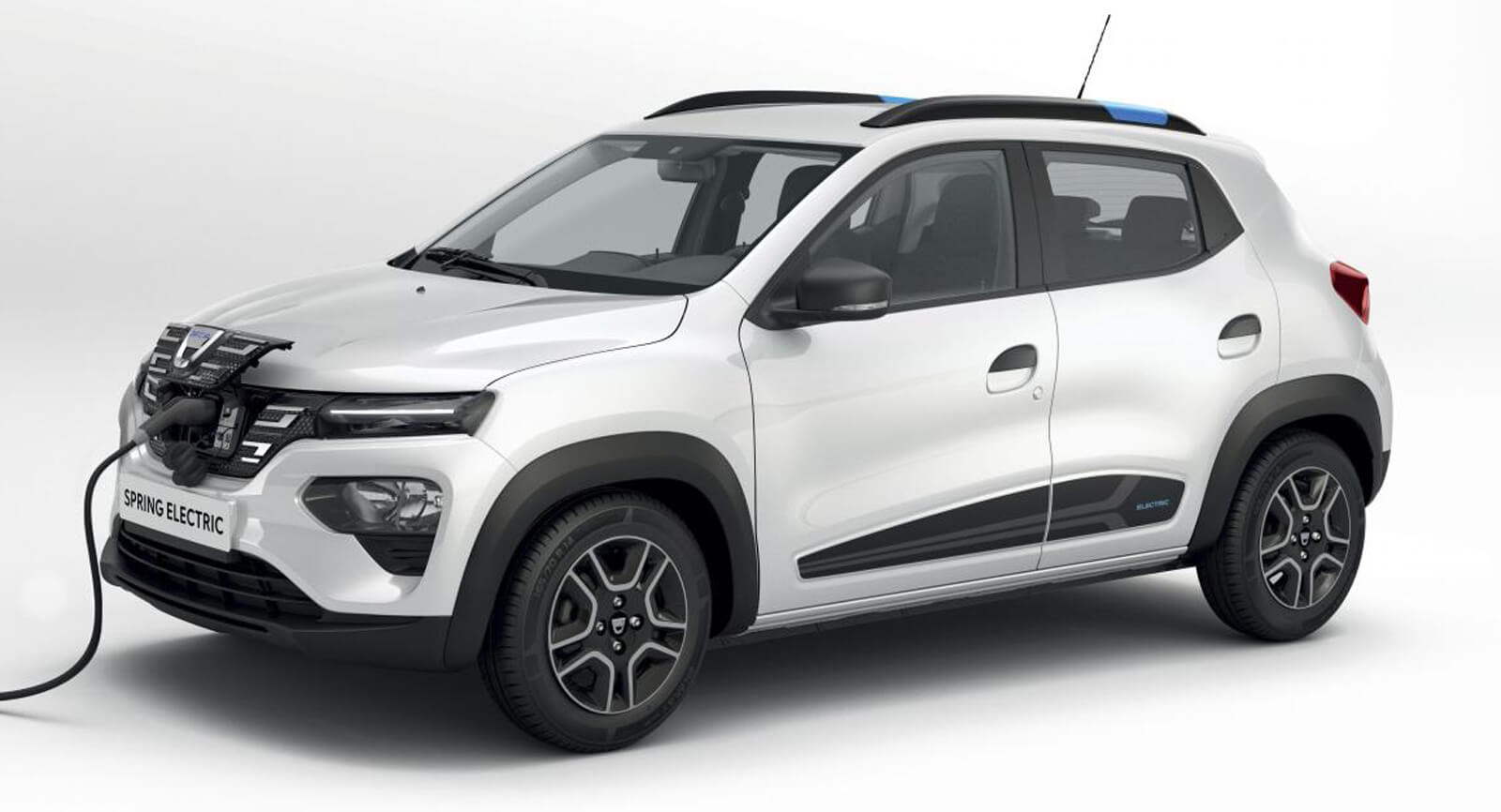The Dacia Spring was recently subjected to the moose test, and surprisingly for a budget car, albeit an electric one, it managed to complete it at 77 km/h (48 mph).
As you can see, it wasn’t a flawless attempt, because the Romanian small EV has the tendency to oversteer when pushed to its limits. Nevertheless, once the driver got the hang of it, he managed to steer it between the cones without hitting any. Raising the entry speed beyond 77 km/h (48 mph) made the car more uncontrollable.
Did other EVs ace the test?
Some did, some didn’t. For one, the Honda e’s highest entry speed was 75 km/h (47 mph), which means that it failed by Km77’s standards. The Seat Mii Electric didn’t do so well and neither did the Tesla Model X, whose best attempt was recorded at 70 km/h (44 mph).
Video: 2021 Spring POV Drive Gives Us First Real-World Glimpse Of Dacia’s First EV
The Porsche Taycan Turbo S struggled with the test too, but after some failed attempts, it passed it at 78 km/h (48 mph). The evasive maneuver posed absolutely no threat for the Tesla Model 3, as it completed it with an entry speed of 83 km/h (52 mph).
Dacia Spring’s performance numbers
The Romanian brand’s first EV uses an electric motor delivering 44 HP (45 PS / 33 kW) and 92 lb-ft (125 Nm). It’s fed by a 27.4 kWh battery that gives it a 305-km (190-mile) urban range on the WLTP test cycle. The 0 to 62 mph (0-100 km/h) can hardly be called a sprint, as it takes 19.1 seconds, and top speed is 78 mph (125 km/h).



